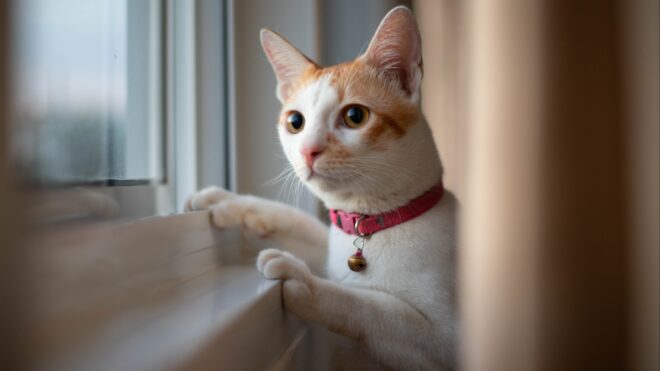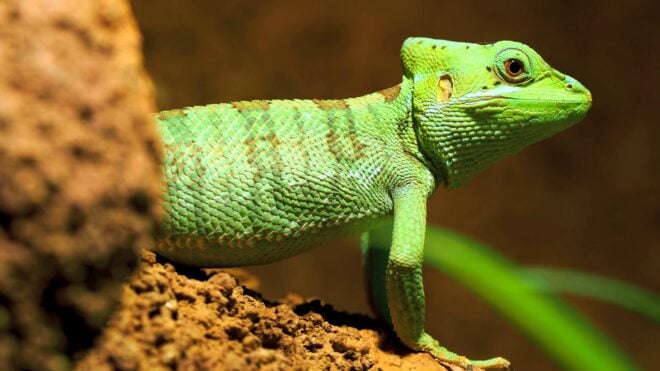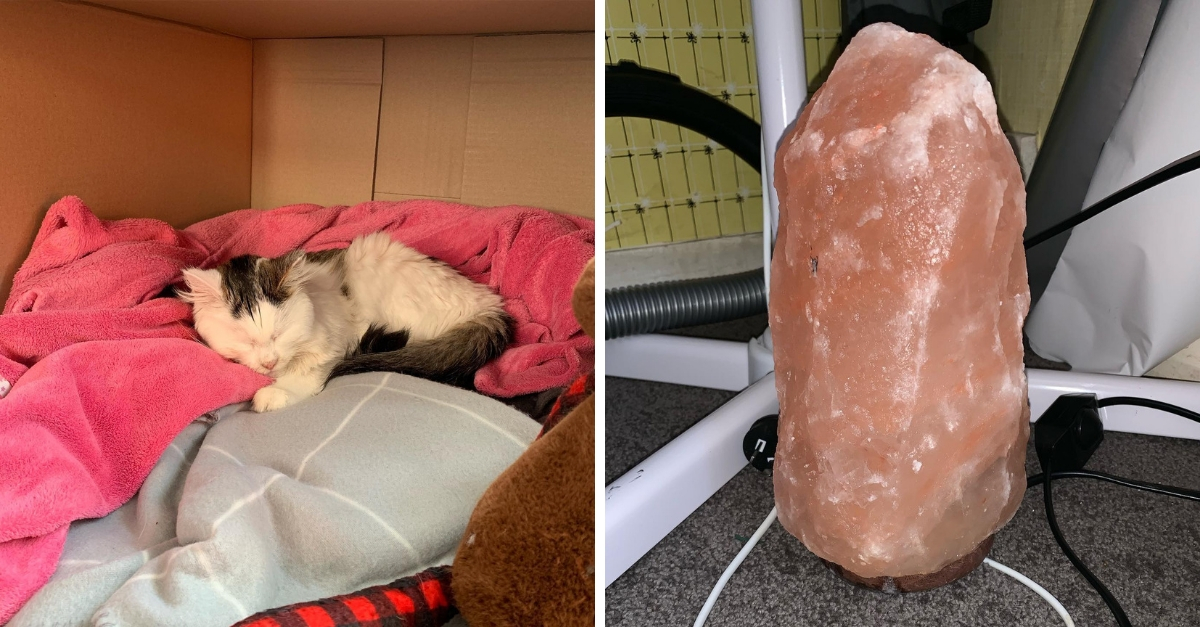
Himalayan salt lamps have risen greatly in popularity in recent years. They're a nice addition to your home decor and packed with benefits. The lamps are believed to naturally ionize the space they're in. In doing so, they're said to clean and improve air quality, improve serotonin levels, and help you get a good night's sleep. While many people are on board for an accessory that's on the corner of self-care and home decor, there's a hidden risk to your four-legged friends. These Himalayan salt lamps pose sizable risk to your pets.
More from LittleThings: If You Ever See Your Pet Pressing Her Head To The Wall, Run To Your Vet
The Dodo reported on the dangers of the lamps after one woman's cat nearly died from exposure. When Maddie Smith woke up one morning, her darling cat, Ruby, was acting strangely. Maddie thought her cat was cold, so she got her warmed up before leaving for work. By the time she returned that afternoon, Ruby's condition had seriously declined. A visit to the vet revealed a connection to Maddie's Himalayan salt lamp.
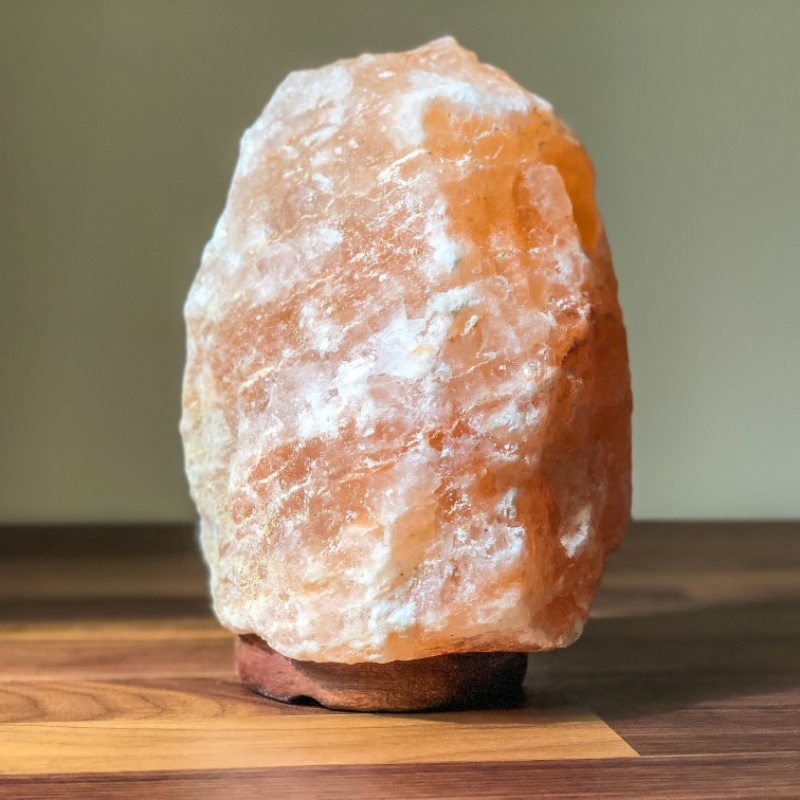
Himalayan salt lamps have become a very popular item in home decor. The versatile lamps don't just look beautiful; they also are believed to boast some pretty wonderful health benefits, leading many to incorporate them into their self-care spaces.
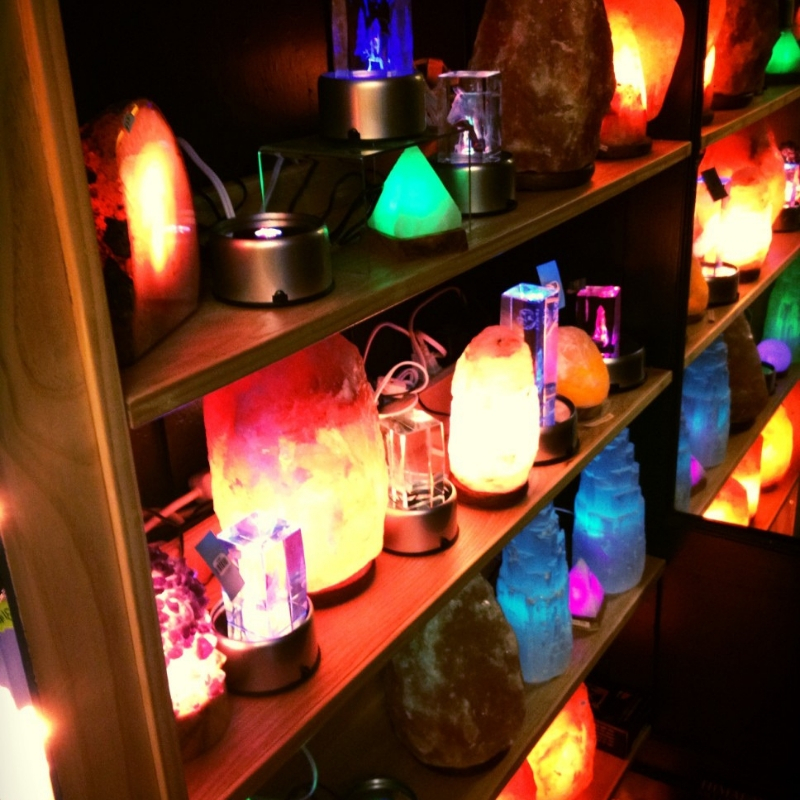
The lamps are said to release negative ions from the salt as the light heats them. Those negative ions are believed to improve serotonin levels, improving your mood. The lamps are also credited with helping you sleep, due to both the negative ions and the relaxing pink-orange glow.
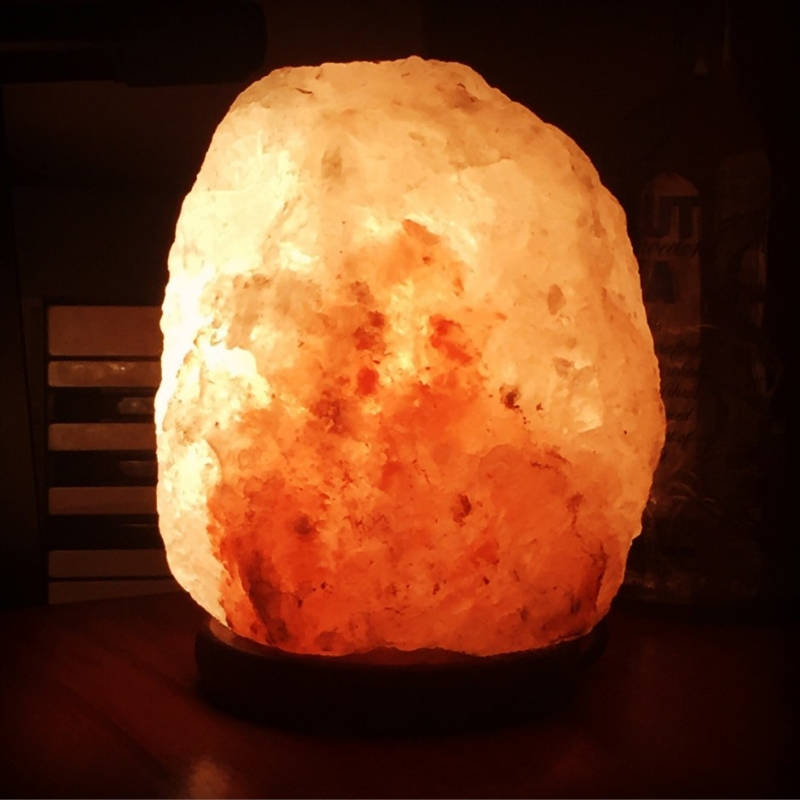
In addition to those benefits, Himalayan salt lamps are believed to help clean the air in your home. Salt attracts water molecules, which typically have household allergens and toxins attached. The salt purifies those toxins, leaving the air cleaner than before.
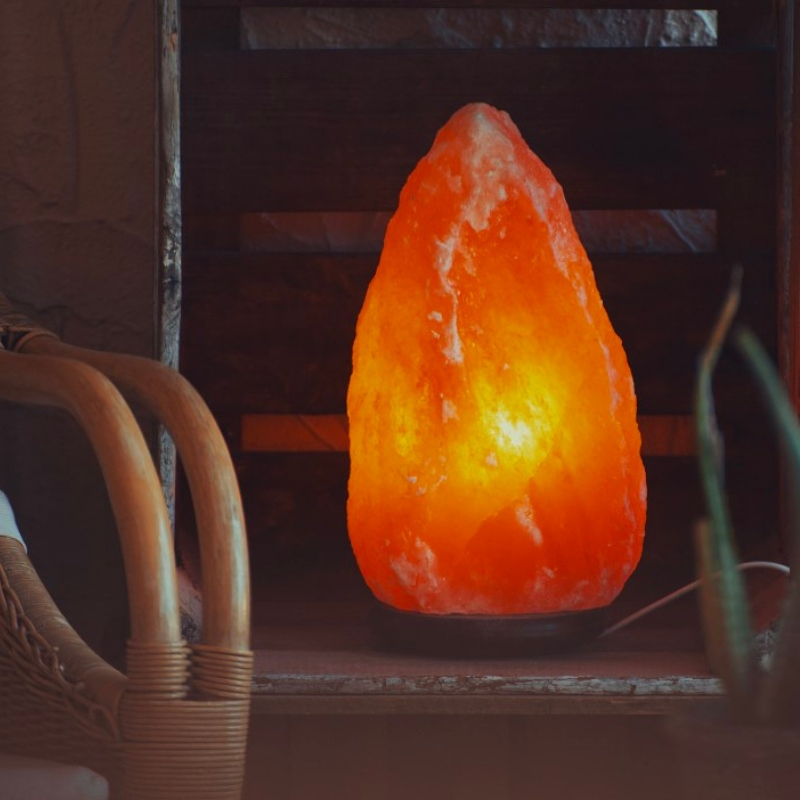
The lamps are created from actual salt. Just as too much salt can be harmful to humans, it can also be harmful to animals. Experts are now warning that lamp owners should keep the lamps in areas that their pets can't access.
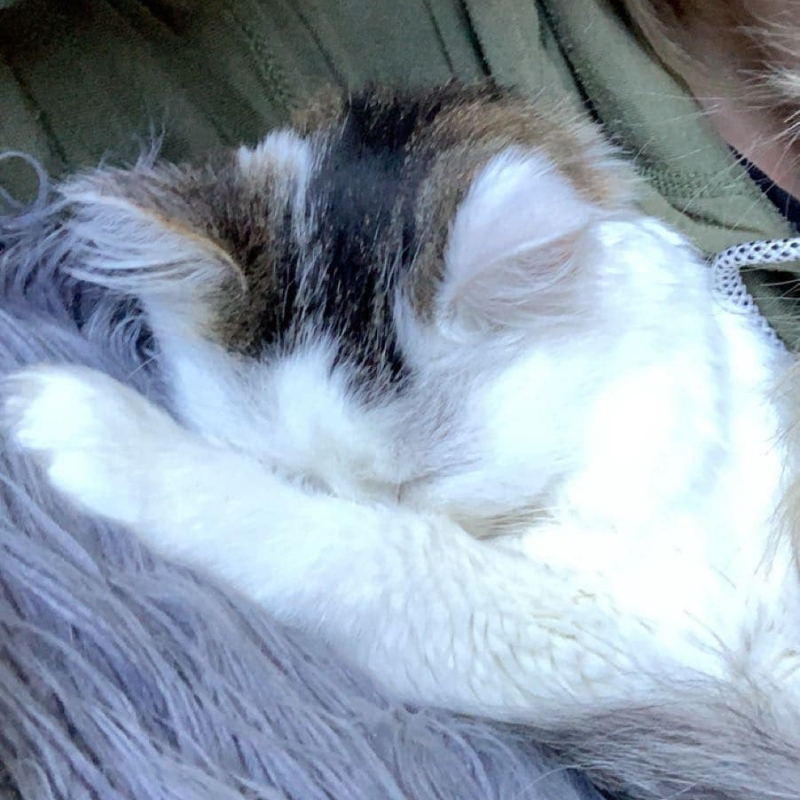
One woman learned the danger these lamps can pose to pets the hard way. Maddie Smith woke up one morning to find her cat, Ruby, acting strangely.
"We initially thought this was just because she was so cold so we got her nice and toasty and left for work as usual," Maddie explained in her Facebook post.

When Maddie's fiancé, Clayton, arrived home later that evening, he found Ruby was in much worse shape than before. They rushed Ruby to the vet.
"The vets were extremely concerned for her and could see she definitely had neurological problems because she simply could not walk properly, could not hear or see, couldn’t even eat or drink properly because she couldn’t function her tongue the best. Her basic senses and abilities GONE in 12 hours," Maddie revealed.
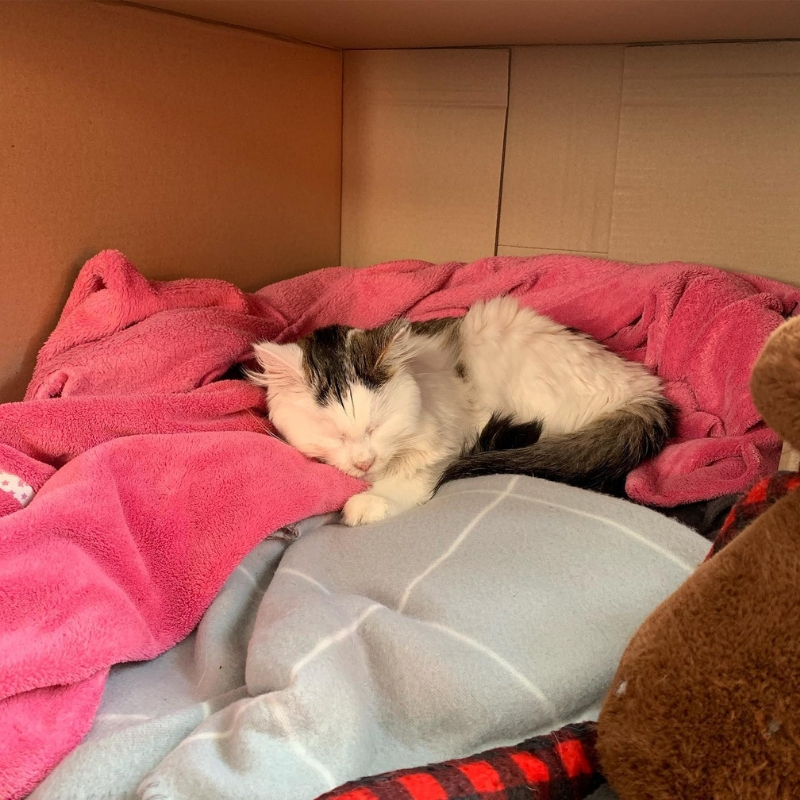
Ruby's vets took blood samples. The test found that Ruby had extreme levels of sodium and chloride in her blood. The salt poisoning was causing Ruby's brain to swell, which is when the symptoms that terrified her owners began to appear.
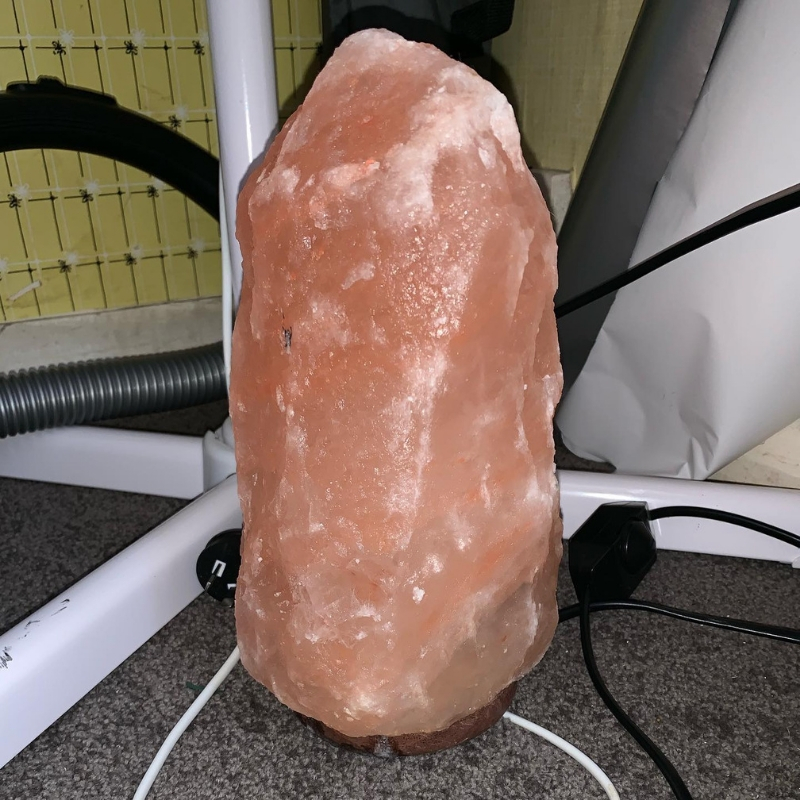
The vets asked about any changes to Ruby's diet. There hadn't been any, so they asked Maddie and Clayton if there was any chance Ruby had managed to eat a large amount of salt, or sodium chloride. That's when the couple recalled Ruby's recent interest in their Himalayan salt lamp.

The vets explained that the taste is addictive to animals in a similar way to how salty snacks cause some people to binge. It seemed that Ruby had taken to licking the lamp excessively while her owners weren't home, which caused her to ingest salt at high levels.
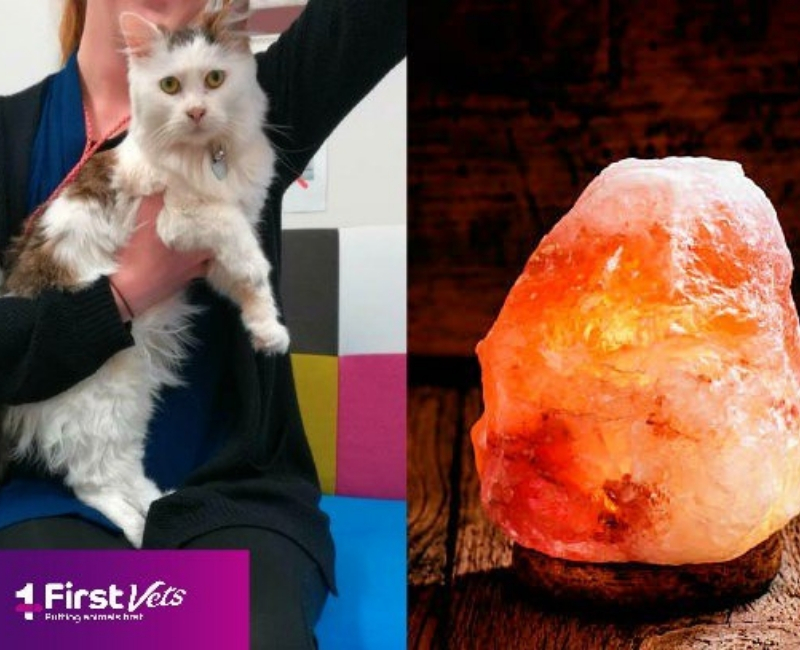
Once Ruby's vets knew the source of the problem, they were able to treat her more effectively. They used intravenous fluids and potassium supplements to bring the levels of sodium chloride in her body back down to normal. They also had to continuously monitor her electrolytes.
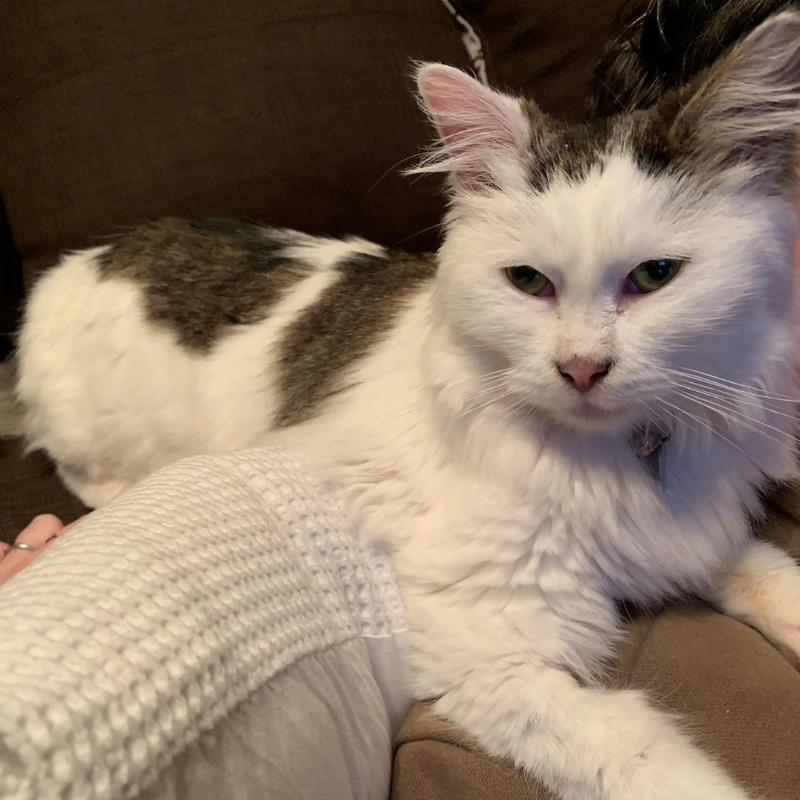
Thankfully, Ruby is going to be OK. Her sodium chloride levels eventually returned to normal, resolving her symptoms and getting her back to her old self. She was even been able to go back home with her owners, who felt it was important to share their story in the now-viral post.
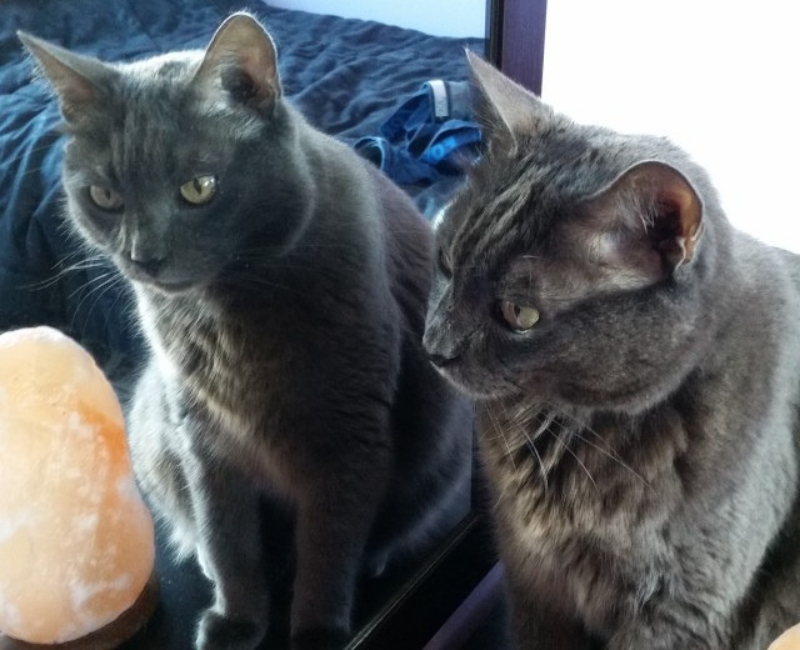
It's important to keep these lamps out of reach of your pets. Ruby's vet did mention that the ingestion issue is generally more common in dogs. If you're a cat owner, you may want to avoid them altogether, as cats are known for finding their way into just about anything.
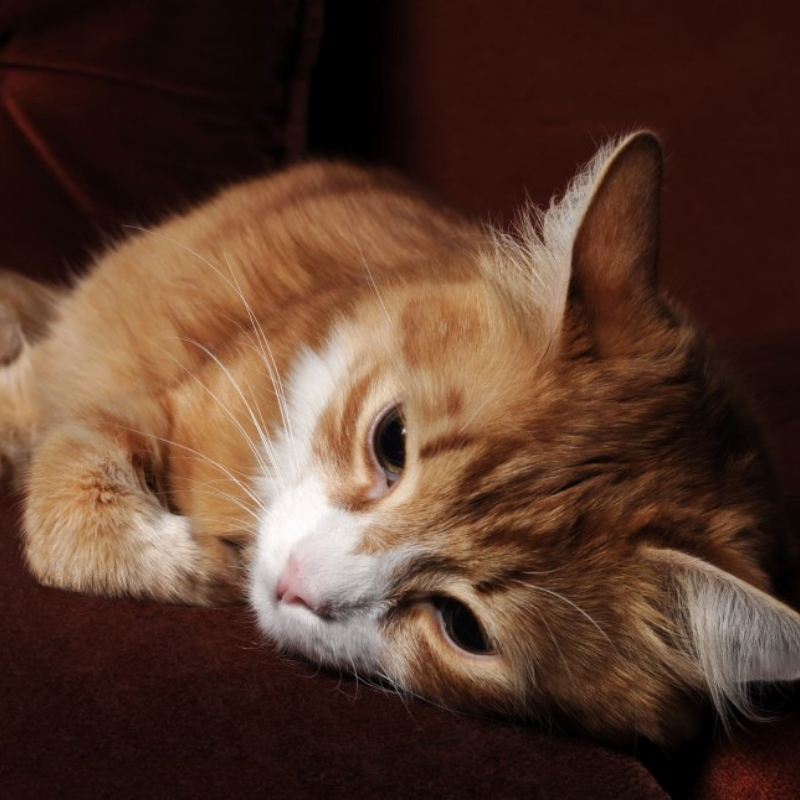
If your pet has already been exposed to a Himalayan salt lamp, it's important to know the symptoms to look for. Vomiting, diarrhea, loss of appetite, lethargy, uncoordinated movement like trouble walking, and difficulty seeing are major warning signs and should be brought to the attention of a vet immediately.
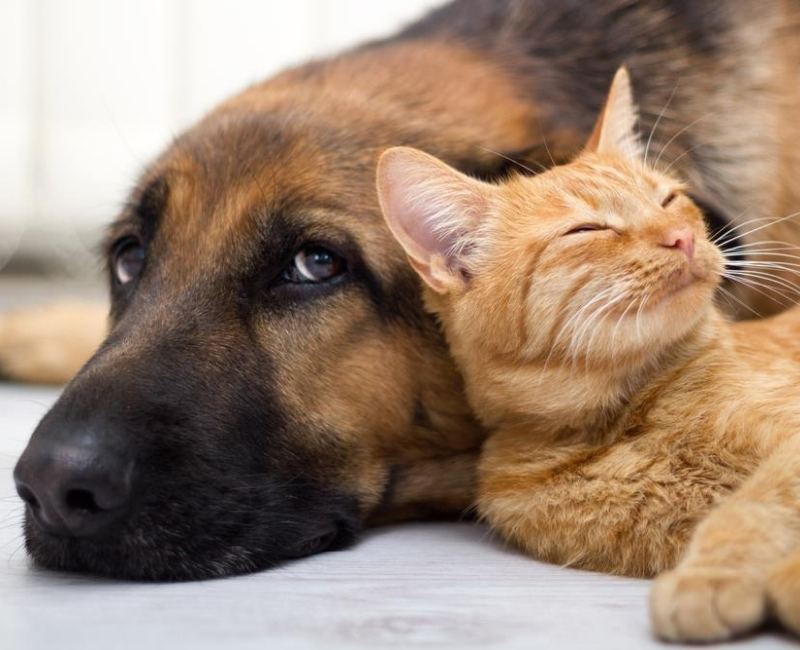
It's easy to follow what's trending when it comes to household items. You should always check to be sure that any household items that you're purchasing are safe for all of the members of your family. It can be the difference between a healthy pet and a tragedy.


